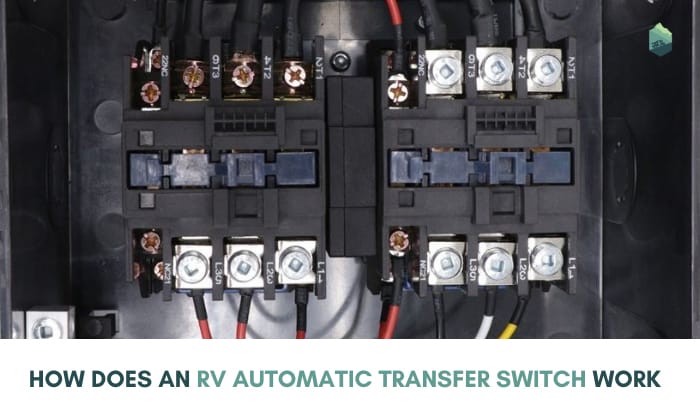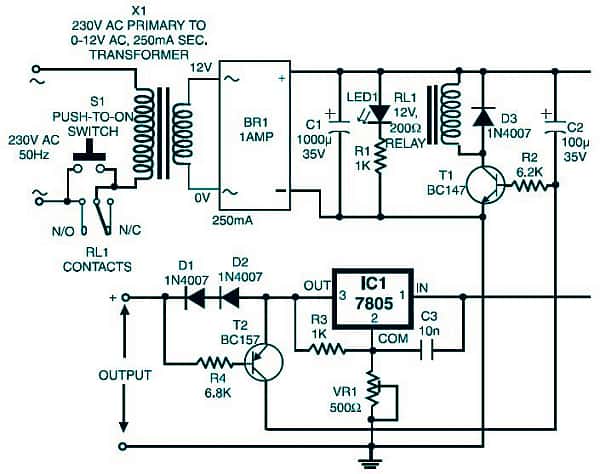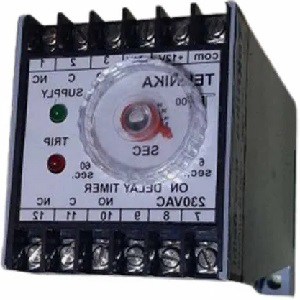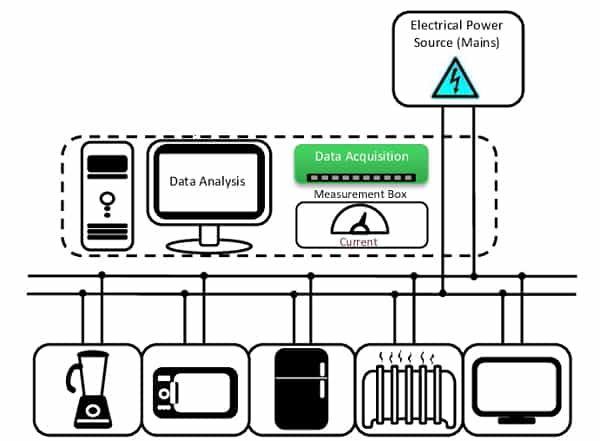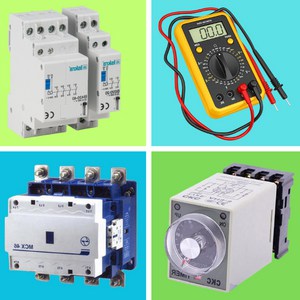An automatic transfer switch (ATS) serves as the brains of your electrical supply for your RV. It automatically controls the flow of electricity from the main electrical utility or your generator. Once a power outage is detected, it switches the power source from the generator and does the same when power is given back to the electric panel.
More of these theories are entailed in this article. This is a great way to begin understanding the mechanics of how does an RV automatic transfer switch works and expand your electrical knowledge about your RV facilities.
Page Contents
How Does an ATS Work on RV
1. Automatic Switching of Electric Supply
ATS readily responds to a power outage by activating a secondary supply from the generator. The generator is in standby mode, which can convert mechanical energy from in-house turbines and combustion engines to electrical power. After switching, the generator then operates in full load until enough power is available back at the main panel.
The ATS is connected to both the main electrical utility and generator such that when a fault is detected, switching happens automatically letting one supply source operate at a time. It goes by the steps of contacting the power sources to connect and disconnect and initiate transfer mechanisms between the supplies.
2. Start-up and Switching Time
According to Agbetuyi (2011), generator start-ups usually take 1.5 to 2 seconds to actualize. This is called the Time Delay Engine Start (TDES). ATS, then, makes sure the generator reached the desired voltage and frequency to operate. In some cases, additional time is required to start up called the Time Delay Normal to Emergency (TDNE). TDNE is also the equivalent time used to switch the power supply back, once the main panel achieves operating power.
After switching, the system then allows a cool down for the engines attributed to Time Delay Cooldown (TDC). TDNE and TDC both contribute to the delay of operations and power capacities, which should be accounted in prior.
3. Monitoring of Load from Power Sources
ATS also incorporates supplementary circuit components that monitor the power status of the sources. In the circuit, an intelligent logic control system consists of contractors for relays and accessories for safeguarding. These make sure information is continuously fed to the brain and messages are relayed to the switching mechanisms readily.
The monitoring is based form the single-phase line from the generator and the utility, and readily checks the availability of power from either source. During the operation period of one power source, it checks the condition of the other power source from time to time. Inspection points include spikes in voltage, power surges, or plummeting leading to brownouts.
4. The ATS System
In order to synchronize the switching and monitoring functions of ATS, there are four blocks identified: relay switching, timer relay, contractor switching, and digital multimeter. The relay switching serves as the voltage monitoring station with the relays acting as sensors for spike and surge sensing. Other relays give delay to the sources to provide spaces for initiation and energization.
Contractors, on the other hand, bridge the supply from one source to another while the multimeter helps in gauging the output voltage, current, and frequency of the power sources.
5. Protection from Overload
Switching takes only seconds to take place, and it is the best interest of the system to protect itself from overloads or sudden plummeting. Switching, then, is deemed as a critical step in the power system, so the provision of safeguarding to the utility and the generator set is important. In this regard, unit size is essential to be considered in the selection, such that it works proportionately as a protective component to the supplementary power sources.
You can find a wealth of various ATS in Amazon for your RV. Among these are the Progressive International ATS, Pavlysh Power Inverter, and AIMS Power Inverter. These come in different current and voltage supply.
Conclusion
An automatic transfer switch (ATS) is an important component of your RV power systems. It serves as an automatic switching power controller between your electric utility and generator, monitors power supply, surges and fluctuations, and acts as a protective part of your system from sudden overload. Now, you have the answer to how does an RV automatic transfer switch work.
Make sure to check popular finds on Amazon and ensure the compatibility of the component to your current power sources prior to installation for optimum RV protection.
“Hi, I’m Francis’ husband—Calvin. Our story began with our shared passion for traveling. I have had a career journey for over 11 years at Ford Motor Company, where I took on the role of BMS SW Process Engineer.
Together with my wife, I have dedicated countless hours to exploring every nook and corner of the world. Ten years living in an RV may seem long, but time seems to fly by when I’m doing what I love with the person I love.
FMCA’s 103rd International Convention & RV Expo in Gillette, WY,
Like my wife, I hope to help you see the beauty of traveling off the beaten path by sharing insights into this lifestyle. In addition to my corporate roles, I also launched our website – Outdoorbits, in 2015 and continue to contribute my knowledge and skills to the present day. And I’ll be completely honest with you—no hiding the truth or sugarcoating the possible challenges.
So, if you want to run away from the busy lifestyle to embrace nature, I’m your guy.”
